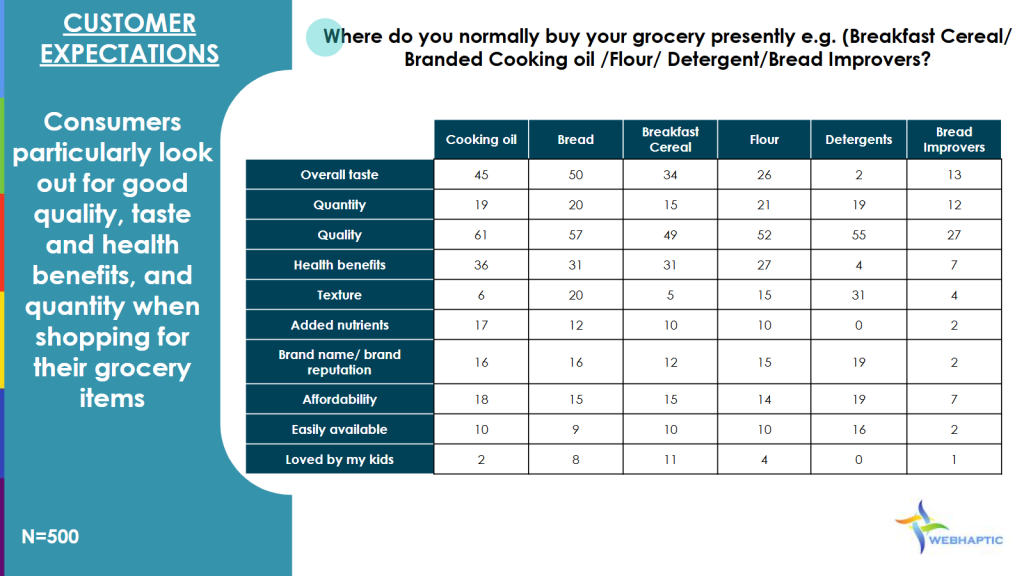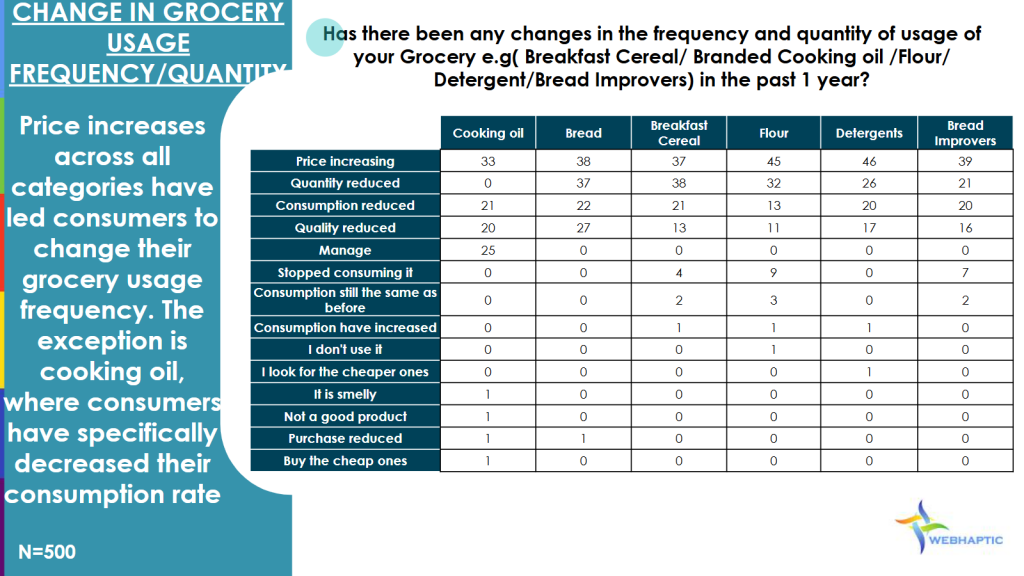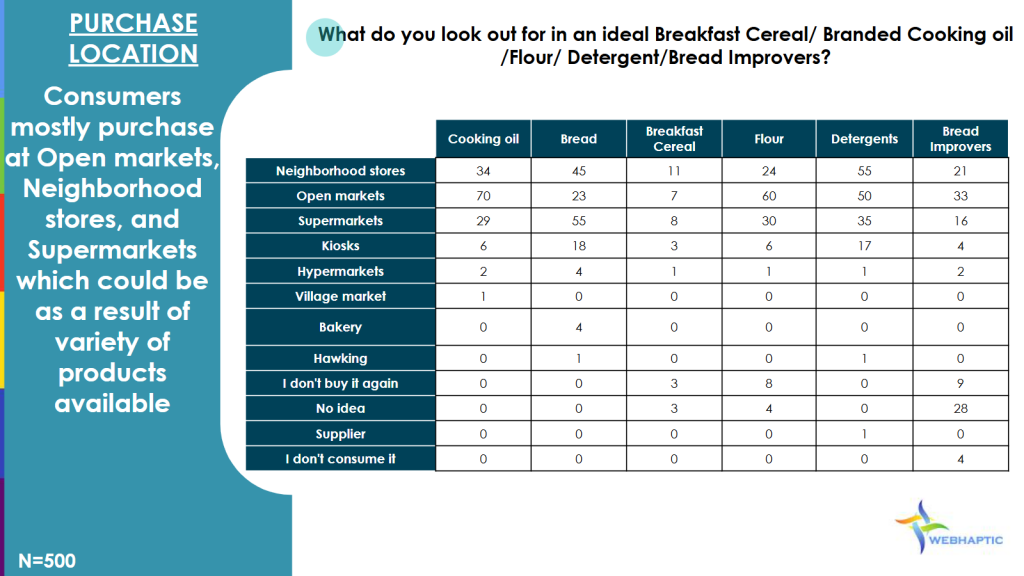Inflationary pressures continue to reshape consumer behavior, forcing businesses to adapt to evolving spending habits. As prices rise across essential and non-essential categories, understanding how consumers respond is critical for brands looking to maintain customer loyalty and sustain revenue growth.
Shifting Priorities: Needs Over Wants

One of the most noticeable effects of rising prices is the prioritization of essential goods. Consumers are cutting back on discretionary spending, favoring necessities such as food, hygiene products, and household essentials over luxury or non-essential purchases. For businesses, this means adjusting product portfolios and marketing strategies to highlight value-driven messaging.
Brand Loyalty Under Pressure
Consumers are increasingly switching brands in search of affordability. While quality remains important, price sensitivity is leading to a surge in private-label and generic product sales. Brands must find a balance between maintaining product quality and offering competitive pricing. Loyalty programs, discounts, and personalized promotions can help retain customers in a price-sensitive market.
Reduced Consumption and Alternative Choices

Rather than maintaining the same purchasing habits, consumers are reducing usage frequency or adjusting product quantities. This is particularly evident in categories such as cooking oil and detergents, where many consumers are cutting back due to higher costs. Some are also shifting to alternative products that offer similar benefits at a lower price point. You can check our previous articles on the Key influencers of grocery purchase decisions here. Businesses must track these shifts and adjust inventory and production accordingly.
The Rise of Budget-Conscious Shopping
Consumers are becoming more strategic in their shopping behavior, comparing prices across multiple channels before making a purchase. Open markets and neighborhood stores are benefiting from this trend, as they often provide more competitive pricing than supermarkets and hypermarkets. Brands need to optimize their distribution strategies and consider how pricing structures vary across retail channels.
The Digital Influence: Smarter Spending Decisions

With the widespread availability of online shopping platforms and digital price comparison tools, consumers are leveraging technology to maximize their purchasing power. Businesses that embrace digital engagement through targeted promotions, online discounts, and personalized recommendations can better capture this evolving consumer segment.
Navigating the Inflationary Landscape
For businesses, adapting to these shifts requires a multi-faceted approach:
- Data-Driven Pricing Strategies: Understanding consumer price sensitivity through market research can help in setting optimal price points.
- Product Innovation: Reformulating products or introducing budget-friendly alternatives can appeal to price-conscious shoppers.
- Enhanced Customer Experience: Offering exceptional service, flexible payment options, and loyalty rewards can differentiate brands in a competitive market.
- Retail Partnerships: Collaborating with key retail channels to ensure affordability and availability can drive consumer trust.
As inflation continues to influence purchasing decisions, businesses that proactively adjust to changing consumer habits will be better positioned for long-term success. The key is to remain agile, listen to consumer needs, and craft strategies that provide both value and quality.
